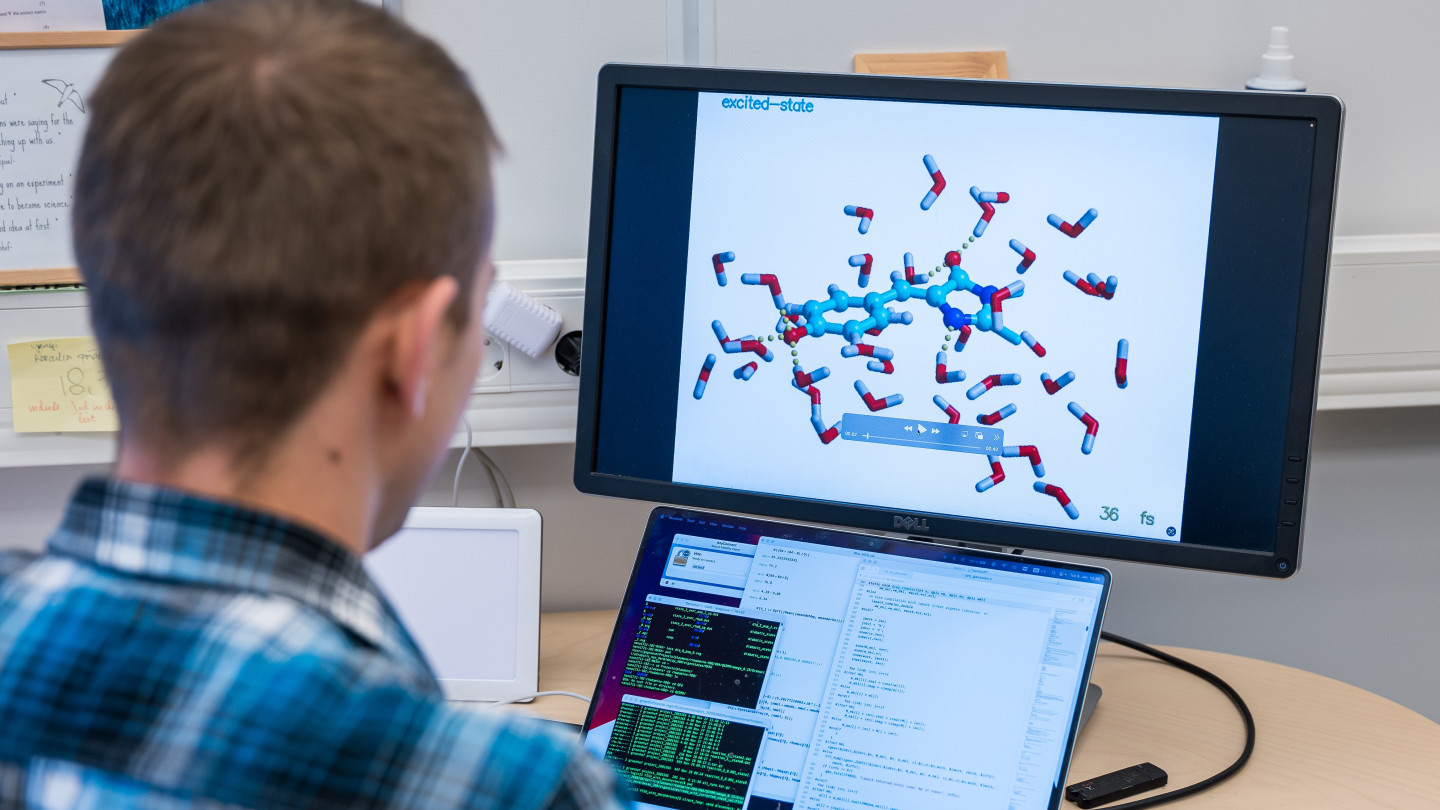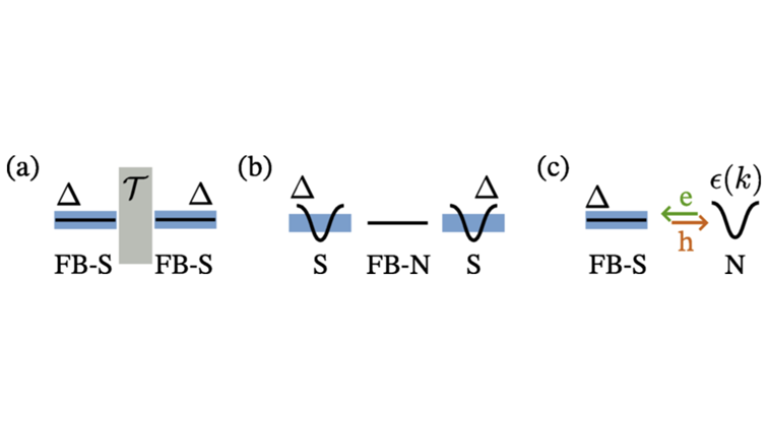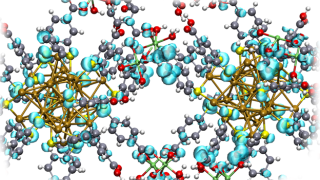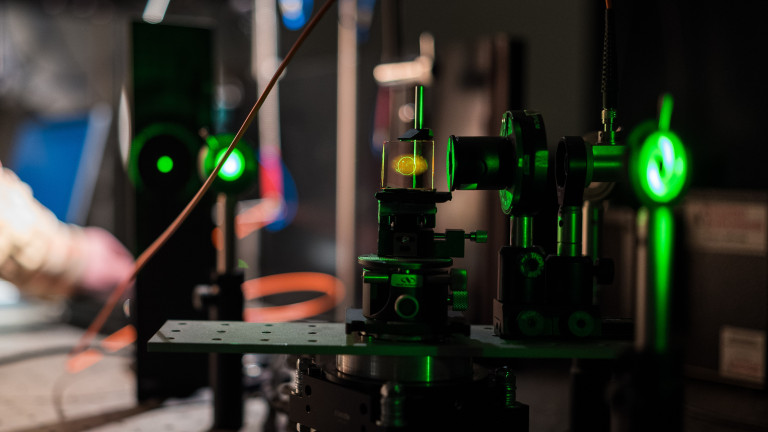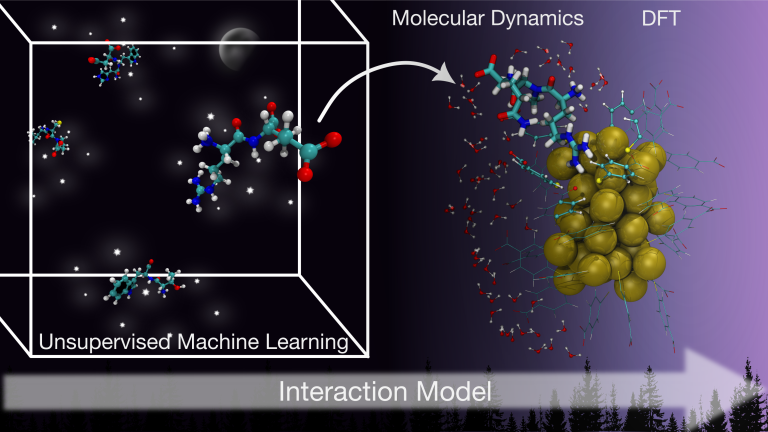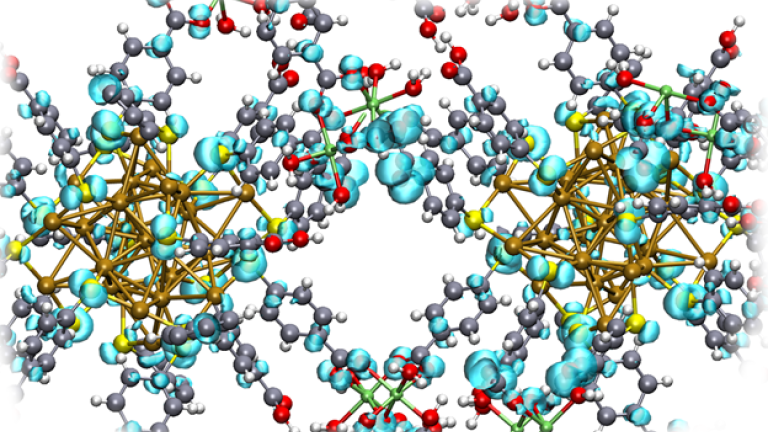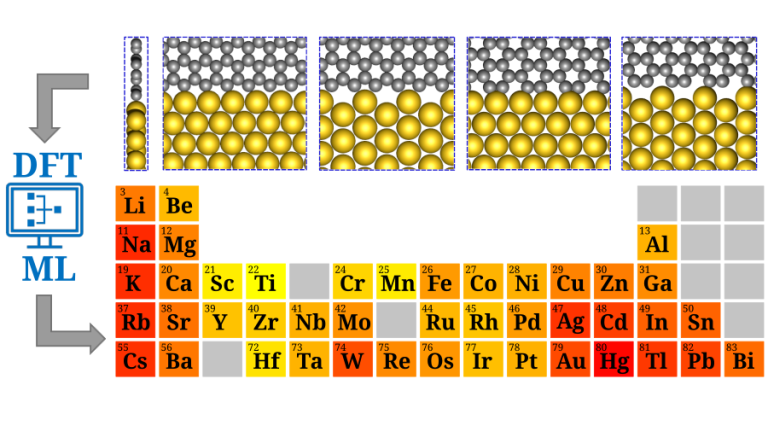Images of Jyvaskylavirus. The virus particle is about twice the size of influenza or coronavirus.
Viruses are everywhere. Most naturally occurring viruses are harmless to humans and can play an important role in the functioning of ecosystems. In recent years, giant viruses have been discovered that can be as large as bacteria. These viruses infect amoebas and other microscopic organisms. Most of the giant viruses identified so far have been found in Europe and South America, and their life cycles and distribution are poorly understood.
The Finnish giant virus has French relatives
The study, initiated at the University of Jyväskylä, is the first to isolate giant viruses from Finland. The giant virus, named Jyvaskylavirus, was discovered when environmental samples were mixed with a culture of amoeba Acanthamoeba castellanii. The virus particle is 200 nanometres in diameter, about twice the size of influenza or coronavirus.
- Through an international collaboration, we elucidated the genome and structure of the Jyvaskylavirus, which was found to be related to Marseilleviruses previously isolated from France. Other new giant viruses were also detected in environmental samples, rejoices professor Lotta-Riina Sundberg from the University of Jyväskylä.
New giant virus regulates microbial populations in soil
The finding indicates that giant viruses are more prevalent than thought in soil and water, even in northern environments.
- The discovery will help to understand the interactions between microbes and the role of viruses in regulating populations of all living organisms, as well as providing new insights into the structure of giant viruses, says Sundberg.
The study is published in the eLife series.
Article information:
G. M. D. F. Almeida, I. Arriaga, B. L. de Azevedo, M. Leppänen, J. S.Abrahao, J.Andreani, Davide Zabeo, J. Ravantti, N. G. A. Abrescia, L.-R. Sundberg: Genomic and structural insights into Jyvaskylavirus, the first giant virus isolated from Finland. eLife13:RP103492
Doi number: https://doi.org/10.7554/eLife.103492.3
